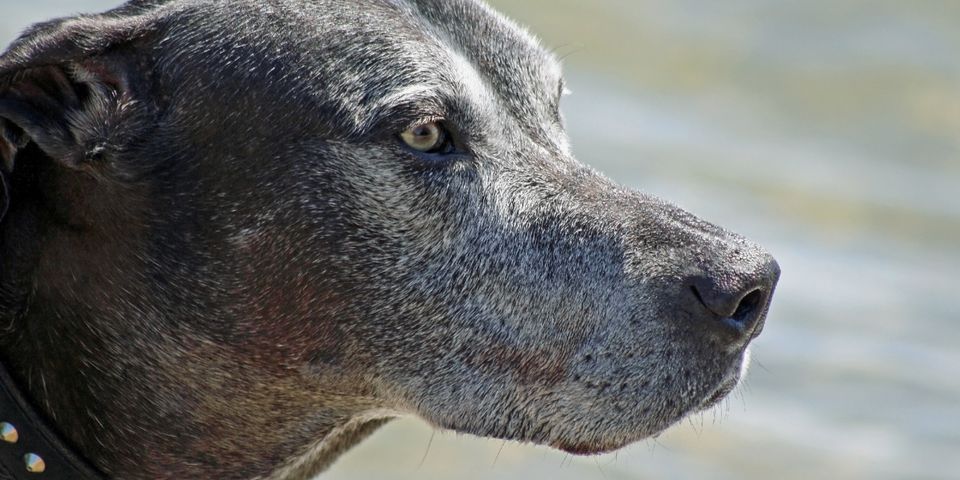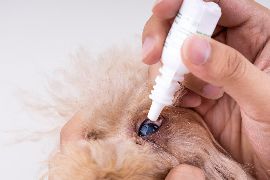
Just as most people experience some amount of vision loss as they age, so do the majority of dogs. In most cases, the onset is gradual, but with certain eye conditions, the loss of vision can be much faster. If you suspect your pup is having problems with their eyesight, take them to a veterinarian as soon as possible. In the meantime, here are some important things to know about canine vision issues.
What Causes Vision Problems?
Age is by far the most common cause of canine vision loss. While humans get more farsighted with age, dogs tend to get more nearsighted, meaning they have trouble distinguishing farther away objects. The most common cause of this is lenticular sclerosis or age-related changes to the lens. The lens begins to slowly shrivel within the interior of the eye giving it a slightly gray to cloudy appearance. This has the same effect over time as looking through a dirty windshield, allowing dogs to see large objects well but smaller, farther away objects are more difficult to spot. This condition is commonly misidentified as a cataract and the two can look very similar in the early stages, however, lenticular sclerosis will not progress to a white more opaque lens.
Cataracts are less common, but not unusual. The condition produces noticeable cloudiness in the eye as the lens becomes more and more opaque, eventually little to no light can pass through to the retina. Glaucoma and progressive retinal atrophy can produce consistently enlarged pupils. These conditions can lead to permanent blindness, but early intervention may be able to slow its progression.
What Are the Symptoms?
Symptoms are often similar, no matter what the cause of a dog's vision issues. They may be more prone to squinting and bumping into things, especially at night or in dark conditions. They may seem newly clumsy or easily confused. Dogs might also start missing visual cues that they previously picked up on right away, such as being nonreactive to a toy or treat placed in front of them or being startled easily.
How Are Vision Issues Prevented & Treated?

Always have any new eye concerns evaluated by a veterinarian, including frequent squinting, eye cloudiness, redness, or irritation. If your dog has long hair that tends to grow over their eyes, keep it trimmed back so nothing impedes their view. If your dog has inadequate tear production or abnormal eyelid conformation, these issues can be effectively treated and the health of the eye maintained.
The exact treatment for vision loss will depend on the cause. Cataracts can be removed and vision restored. Glaucoma is treated with medications, but if they don't work, the eye may need to be removed. If there are underlying health issues that have led to vision loss, such as diabetes, starting insulin therapy can often stabilize the dog's eyesight.
If your furry friend is exhibiting signs of vision loss, O'Fallon Veterinary Medical Center can help. Their team of veterinarians provides comprehensive animal care to pets throughout the St. Charles County, MO, area. From preventative exams and pet vaccinations to surgery and emergency care, they are dedicated to the health of your companion animals. Call (636) 272-3100 to schedule an appointment, or visit the vet online to browse their services.
About the Business
Have a question? Ask the experts!
Send your question

